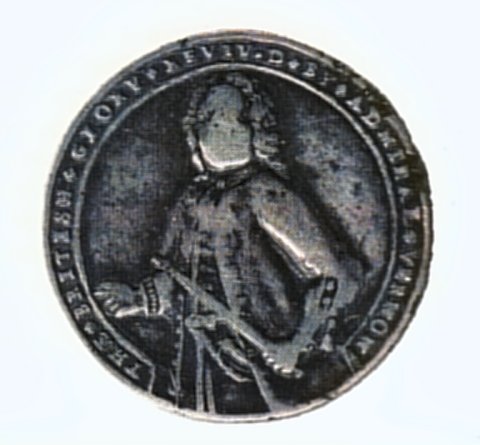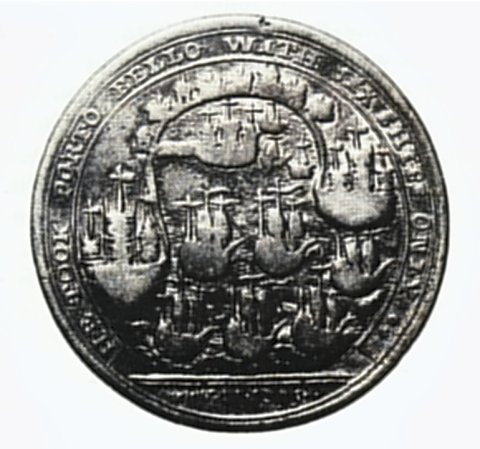

 The South African
The South African
In the eighteenth century, during the reign of George II, Portobello was a major naval base on the Spanish Main of Panama. In 1727 the British had attempted to capture the port, but were defeated. Vice Admiral Edward Vernon had participated in this battle and was determined that the port could be captured with minimal force. Vernon had command of the Jamaica Station from 1739 and, despite warnings from his commanders, set off with only six ships for Portobello on 20 November 1739. It was his belief that a group of small squadrons hitting hard and fast were better for securing a victory than a greater number of large, slower ships, which, in all likelihood, would suffer heavier losses of crew due to disease.

Vernon's fleet appeared off Portobello on 20 November 1739. He had planned to enforce a general attack but, due to wind changes, was forced to concentrate his ships on the Todo Fierro harbour fort. The Spanish garrison was caught unawares and, after landing, the British sailors climbed the walls of the fort and hoisted the English Ensign. The Spaniards then began to surrender on their own cognition. By dawn the following morning the Spanish Governor, Francisco Javier Martinez de la Vega y Retes, requested terms for surrender.
The British occupied the port for three weeks, ensuring that major buildings and fortifications were destroyed and that the port could no longer be used as a Spanish maritime base. The town was only rebuilt two centuries later during the construction of the Panama Canal. During the battle, only three British soldiers were killed and seven wounded. On the Spanish side, one sloop sank and three vessels and 72 cannons were captured.

The battle became a very popular story in America, where the Spanish had been preying on British shipping for quite some time. As a result, Vice Admiral Vernon was made a full admiral, despite being a Tory 'back bencher', and several places were named after him, such as Mount Vernon, the estate of George Washington.
The Vernon Medal was a commemorative medal struck in white metal, bronze or silver. Ditsong Museum of Military History has two examples, both struck in bronze, measuring 35mm in diameter. The reverse shows the six ships with Portobello in the background bearing script around the edge: 'He took Porto Bello with six ships only', the date 1739 and in exergue the words 'by courage and conduct'. The obverse has a featureless half-figure of the Admiral bearing a sword. This medal was brought to the Museum with the Hunt collection, a donation which forms a considerable part of the medal collection.
Bibliography
Return to Journal Index OR Society's Home page
South African Military History Society / scribe@samilitaryhistory.org